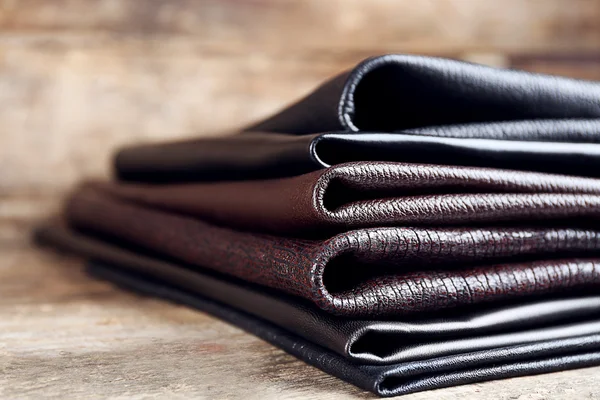
Leather is a widely used material in fashion, furniture, and various industries, renowned for its durability and luxurious appeal. However, a common concern among consumers is whether animals are specifically killed for their hides to produce leather. This blog aims to address these concerns and explore the ethical and environmental aspects of leather production.
1. Byproduct of the Meat Industry
In most cases, leather is a byproduct of the meat industry. Animals such as buffalo, cow, sheep, and goats are primarily raised for meat, dairy, and other products. The hides of these animals, which would otherwise go to waste, are then repurposed to produce leather. This means that animals are not typically killed solely for their hides, but rather, the leather industry makes use of byproducts that would otherwise contribute to environmental waste.
2. Ethical Sourcing Practices
The leather industry is increasingly adopting ethical sourcing practices to ensure that animals are treated humanely. Many leather producers adhere to strict animal welfare standards, ensuring that the animals are raised and slaughtered humanely. Certification programs and standards that promote responsible and sustainable leather production.
3. Reducing Waste and Environmental Impact
Using animal hides for leather helps reduce waste from the meat industry. By utilizing these byproducts, the leather industry contributes to a more sustainable and circular economy. Additionally, advancements in tanning processes have led to more eco-friendly methods, reducing the environmental impact of leather production. Vegetable tanning, for example, uses natural tannins from plants, which are less harmful to the environment compared to traditional chemical tanning processes.
4. Transparency and Traceability
Consumers can make more informed choices by opting for brands that prioritize transparency and traceability in their supply chains. Companies that disclose their sourcing practices and adhere to ethical standards provide assurance that their leather products are produced responsibly. Supporting such brands encourages the industry to continue improving animal welfare and environmental practices.
Conclusion
While concerns about animal welfare in leather production are valid, it’s important to understand that leather is largely a byproduct of the meat industry and no animal is killed particularly only for Leather production, By repurposing animal hides, the leather industry helps reduce waste and contributes to a more sustainable economy. Ethical sourcing practices and advancements in tanning processes further mitigate environmental impact. For those seeking alternatives, innovative materials like vegan leather and biofabrication leather offer cruelty-free options but harms environment. Ultimately, making informed and conscious choices can help promote responsible and sustainable practices in the leather industry.

